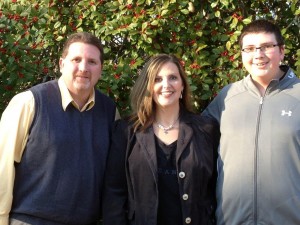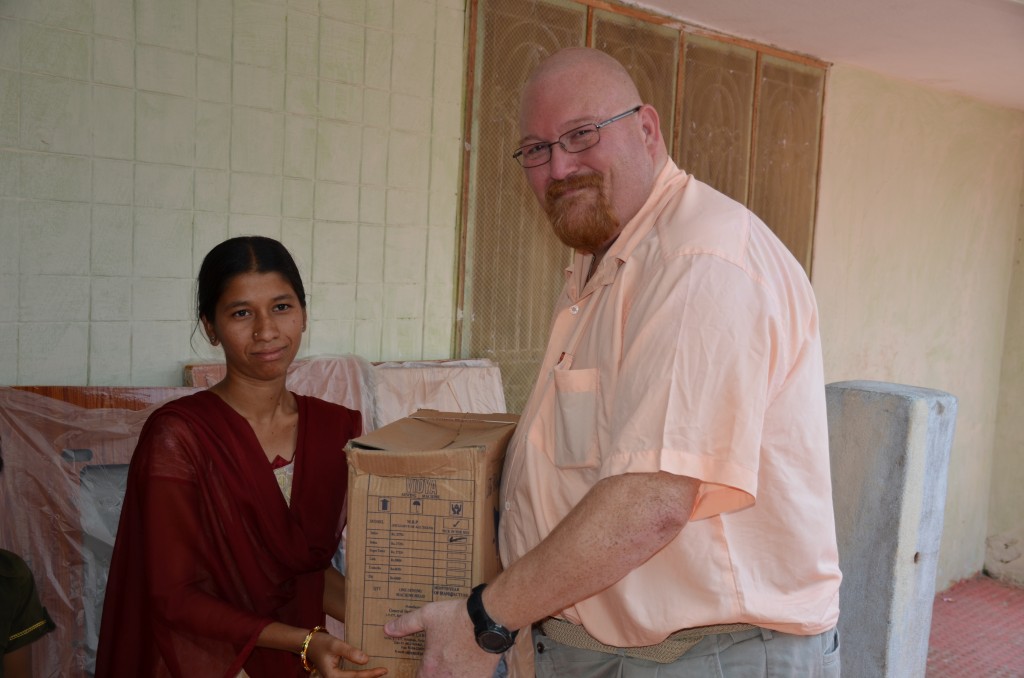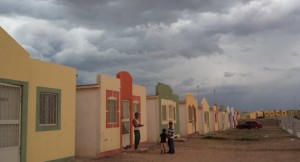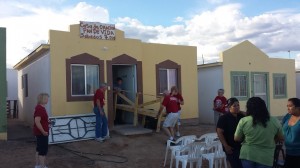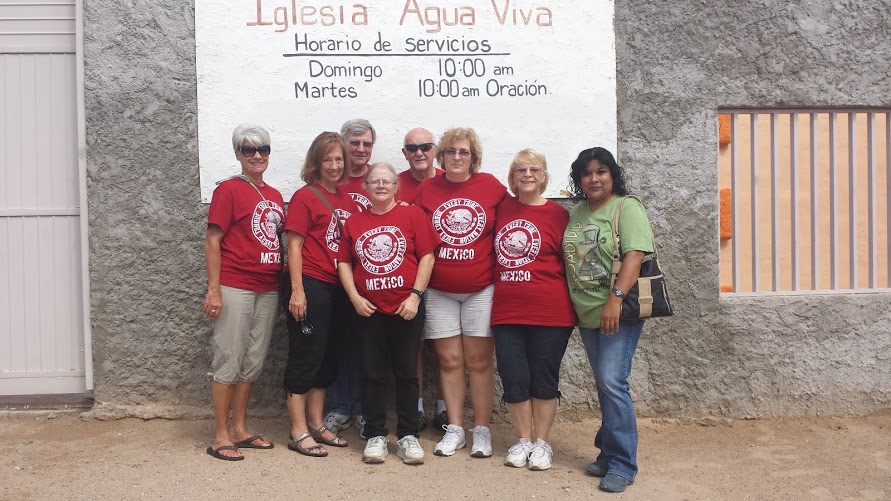Lori and Robbie Myers are missionaries on the island of Saipan.
Needless to say, there’s been a bit of a learning curve this past year as we have gotten used to life on this island. Some things have just made sense and haven’t taken too much adjustment. Others, however, have gone on my ‘Believe It or Not!” list, and I thought I would share a few of those experiences with our friends and supporters back home.
First, there’s the thing that we had to adjust to early and often, because it hit us right away and continues to affect us most days. Saipan is an island, and the main industry (overwhelmingly) is travel. Vacationers tend not to look at their watches much-there is such a thing as “island time” and we are on it! This is a multi-layered reality. First and foremost, it affects the demeanor of the people who live here. The majority of islanders are so pleasant and wear a smile 99% of the time. I LOVE that about the people here! On the other hand, if you are a stickler for people being on time, this might not be the place for you! With my fibromyalgia pain making me take extra time to get ready most days, this is a terrific development! Events start when they start, people arrive when they arrive. I love island time and island people!
However, there are things here that make me realize how very spoiled I was all my life without realizing it. Some of these things I will never take for granted again. For example, who enjoys a trip to the Department of Motor Vehicles? No one! This might make you feel better about your next trip, though: When we arrived in Saipan last year, one of the first things we needed to do was get driver’s licenses. Many things are discounted if you are a local resident, and after I saw the grocery and other prices, we wanted that as soon as possible. We were sent to the courthouse, where we waited in line to go through security and a metal detector. Once we got through, we went to the appropriate office, paid, and got a receipt. Then we went to another building-which was unmarked-where we were to show our receipt, surrender our Missouri licenses, and get our new ones. However, you just have to hope you get there are the right time of day, because they have to close periodically to let their copy machine cool down!
Living in a place that is so diverse is exciting in many ways. I love making friends from so many parts of the world, and learning about their customs. There is such a variety to food here, too. There are Chamorran, Chinese, Korean, Thai, Japanese, Vietnamese, Filipino, (and more!) cuisines available. Along with my severe fibromyalgia, I have unfortunately developed almost superhuman senses of taste and smell, so I cannot enjoy it quite as much as I once would have. Buying groceries and eating out in restaurants each present their own challenges.
Packaging and presentation in the grocery stores are also different. It seems no part of an animal goes unused. You have the option of chicken beaks and feet in packs. Also, beef intestine, entire beef tongues (which are huge), pig heads, pork intestines, hooves, fish heads-it all took some time to get used to. I also had to adjust to the plastic drawstring bags (with the drawstring end not fully closed) of pork chops, short ribs, etc. That would never get by at Kroger!
I have to cook according to what’s available. Expiration dates are only suggestions here, it seems. The produce selection is often made up of things they would have culled from most U.S. grocery stores. The first two or three times I shopped for groceries, I left the store crying because I couldn’t find much that I recognized, and when I did find something, I couldn’t afford it! The $10 gallon of milk, $7 orange juice, and $30 bag of frozen chicken breasts was daunting!
But eventually, I figured out how to shop here, what to look for, and which stores to shop at for certain items. It often means I shop every day or every other day, and visit four or five places instead of buying everything from socks and nightgowns, to chicken and lettuce, to deck chairs and Christmas decorations from Walmart!
There are so many more new experiences and differences we have had to adjust to, but the best thing is that we have met so many wonderful people who have big hearts! Yes, it’s been difficult at times, being so far away from our family and friends, but I am so grateful to God for His perfect plan for our lives and for our part in His kingdom. I did not expect any of this at my stage of life. What a loving, amazing God we serve! I cannot wait until next summer, when we are back in the states on furlough and can share more of our experiences and ministry here on the island of Saipan.
